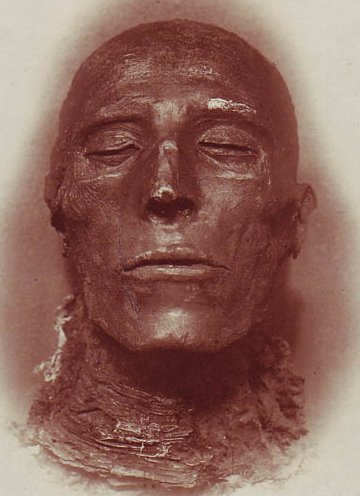

“Caverns of Mongo” was the fourth installment of Alex Raymond’s FLASH GORDON Sunday comic strip serial for King Features Syndicate. Originally printed between March 3 and April 14, 1935, “Caverns of Mongo” picked up the storyline where the third installment, “Tournaments of Mongo” left off with Emperor Ming having made Flash a royal King of Mongo and awarded him and Dale the savage uncharted cave kingdom of Kira to rule.
Flash and Dale are accompanied on their journey by Captain Khan and a squad of loyal Hawkmen who were ordered by Vultan to aid them. The kingdom of Kira is wonderfully prehistoric peopled with Neanderthal-like cliff-men, winged dactyl-bats, carnivorous plants, and a man-eating sauropod. This may be standard lost world fare, but with the introduction of the cannibalistic lizard-men as the true villain of the piece, there is no mistaking the influence of Edgar Rice Burroughs.
While Jules Verne and Sir Arthur Conan Doyle had popularized the concept of lost prehistoric lands that survived to the modern age, it was Burroughs who perfected the mixture of lost world and pseudo-science in both his Caspak and Pellucidar series. The latter in particular are the strongest influence on Alex Raymond here with the lizard-men portrayed as not only the more advanced culture, but a decidedly evil one. The scene where Flash (rendered unconscious in the lizard-men’s ambush) is taken to their lair and prepared as the tribe’s meal is particularly chilling.
Flash recovers consciousness, but is unable to escape as the entrance to the lizard-men’s lair is covered with rocks. Dale, Captain Khan and the other Hawkmen are gathered on the opposite side of the rock wall in a futile effort to rescue him. Dale manages to pass a nitro-gun through a small opening to Flash. Raymond has a nice bit of business here by carefully leaving to the reader’s imagination where Flash, dressed only in a loin cloth, hides the bulky nitro-gun.
TO CONTINUE READING THIS POST, PLEASE VISIT HERE.









.jpg)